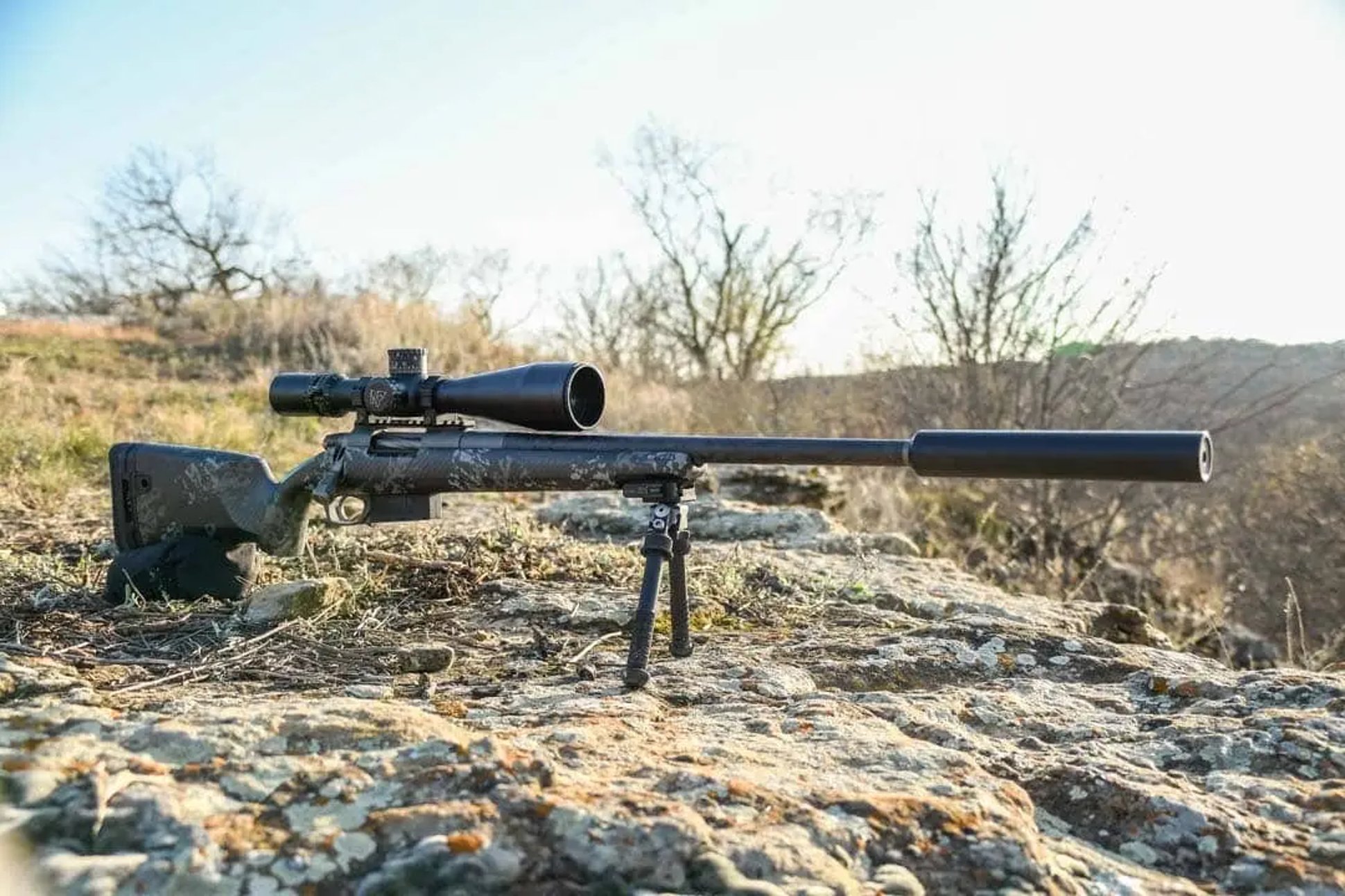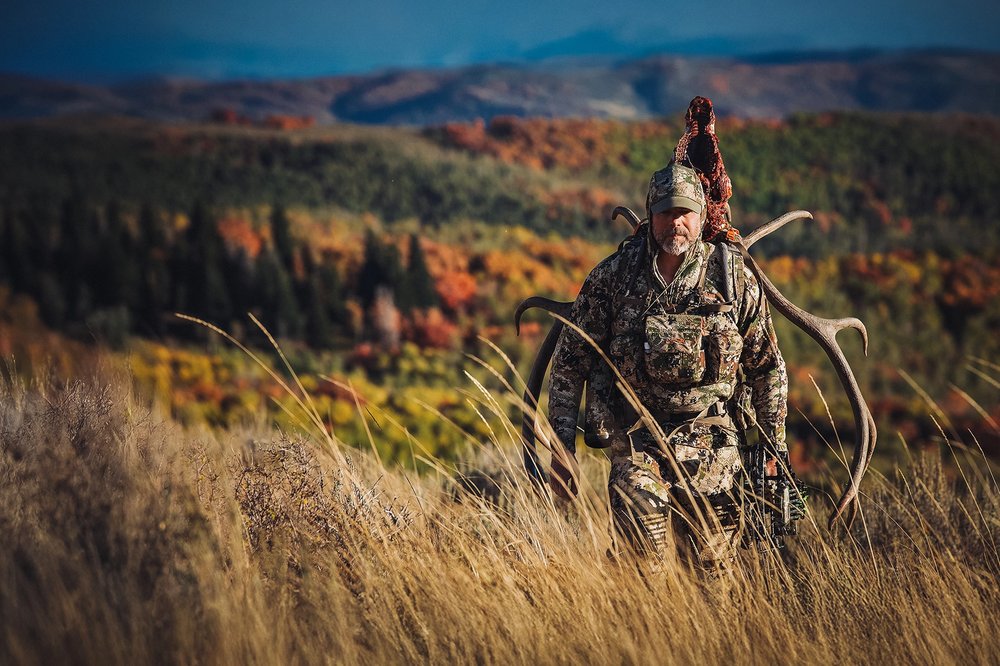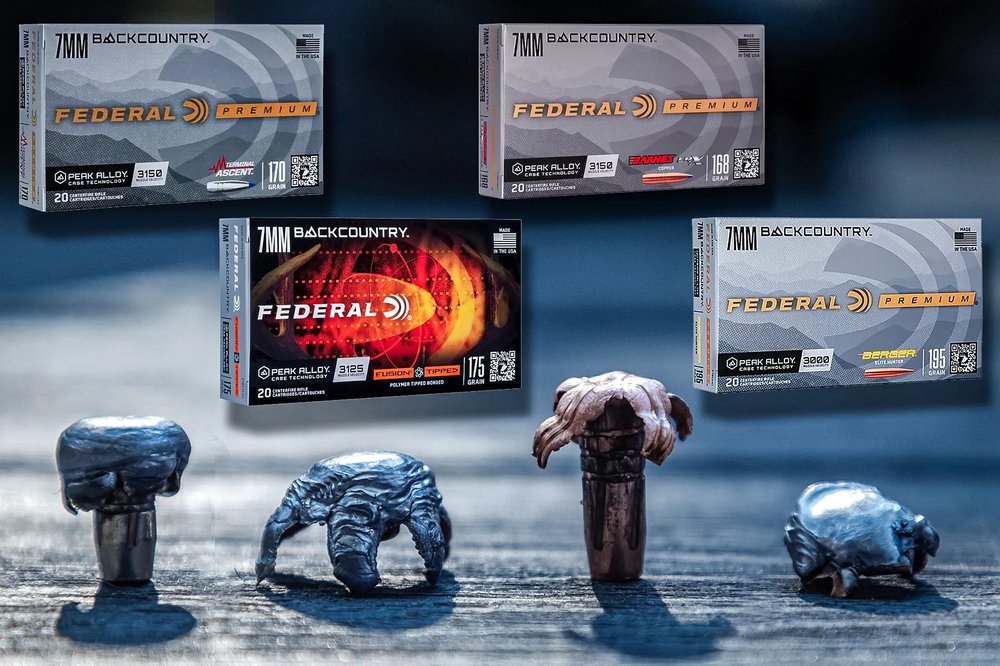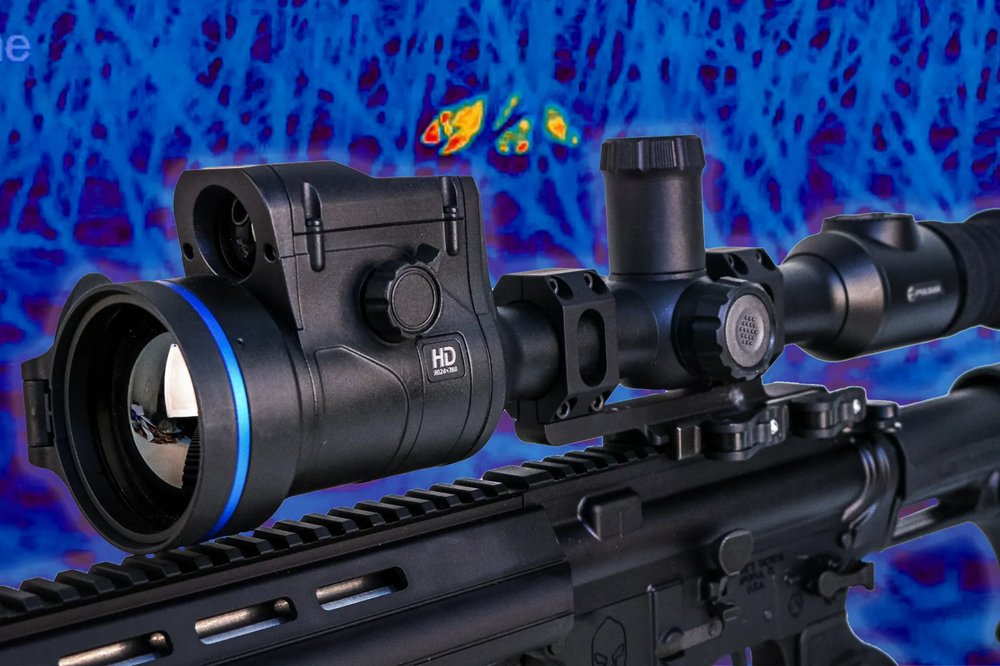At an outpost in Santa Anna, Texas, a group of men met with one purpose: to learn to push the limits of physics and to join an elite few who can say they have made precision shots at nearly a mile. Myself included in this group; we were no strangers to the trigger, each with our own hunting experience ranging from local deer to far-flung Marco Polo sheep hunts in Tajikistan. The one target that eluded most of us over the years though was the 1,000-yard or more shot. Enter the 2018 Precision Rifle Series winner, Phil Velayo, fresh off the winner’s block the night before.
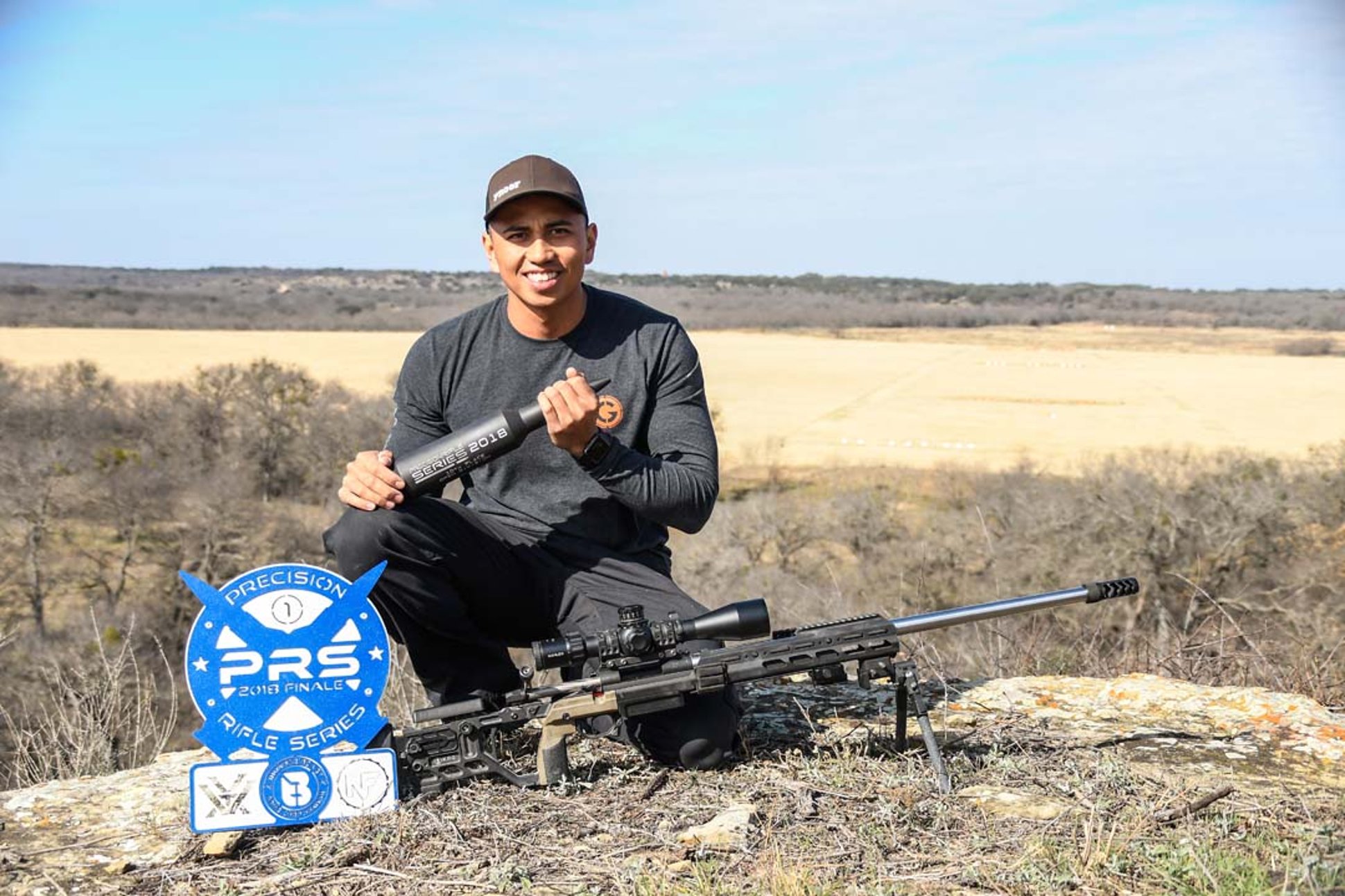
Phil is more than a competitive shooter. He served the Scout Sniper community during his 11 years of service in the Marine Corps. During his career, he served 4 tours of duty including one combat tour in Iraq. In 2015, he became an instructor at the USMC Scout Sniper School. After his retirement in April of this year, he entered into the national competitive shooting scene where he honed his skills even more. His skills weren’t the only thing that transitioned though. Phil recounts, “Engulfing myself in the competitive shooting scene, which is made up of mostly civilians, really helped me transition from military life to civilian life. It allowed me to still do what I love, but also helped me relate to people outside of the military community. I learned a lot from them”, says Velayo.
The dinner table fell to a hush upon his arrival and all friendly banter and recallings of successful hunting trips were refocused on the champ. After some brief introductions, a few technical questions, and a few good laughs, Phil dismissed himself to answer media calls and congratulatory text messages on his recent success the day before. “See you all in the morning guys, we are going to have some fun”, said Velayo, leaving us all in anticipation for what was to come.
At 8:00 the next morning we all gathered for class. It was almost like the first day of school again and for the less experienced ones in the group, it was. We shuffled to our seats, eager to learn, with notepads in hand. On the desk in front of us stood a Gunwerks rifle, the top precision rifle on the market. Supported by a bi-pod , it stood in all of its carbon fiber glory, but all attention rather was focused instead on the Marine in the front of the room. “Welcome to the Gunwerks Long Range University Level 1 and 2 class”, he said, and with that, gave us all a smile.
Many tactical or long-range classes are taught by former military personnel and the lessons tend to be delivered with a very militaristic and almost intimidating tone, but not the Gunwerks Class. “ I used to be Staff Sergeant Velayo, now I am civilian Velayo.”, Phil said. “Once I left the gates, I left the uniform, and that is the key for civilian instruction.”
We began with the basics. Phil broke down the parts of a rifle and explained the function and details many of us thought we knew, but with Phil’s expertise, we quickly found out that we had a lot to learn. From barrel twist ratios to the definition of parallax, we went through each part of the rifle. As we learned each component, we also learned what made a Gunwerks rifle just that much better. Attention to detail- from trigger design to materials used for heat management – we learned that Gunwerks components are a notch above the rest. We then moved onto the fundamentals of marksmanship and the proper way to sight in or “zero” a scope. We learned about all the jargon we read about elsewhere and acronyms like MOA and Mils. We even debunked common practices that make us inaccurate at extreme distances, like holding your breath when you shoot. “You never want to hold your breath on the inhale, many hunters do that, carbon dioxide causes muscle spasms”, Phil lectured.
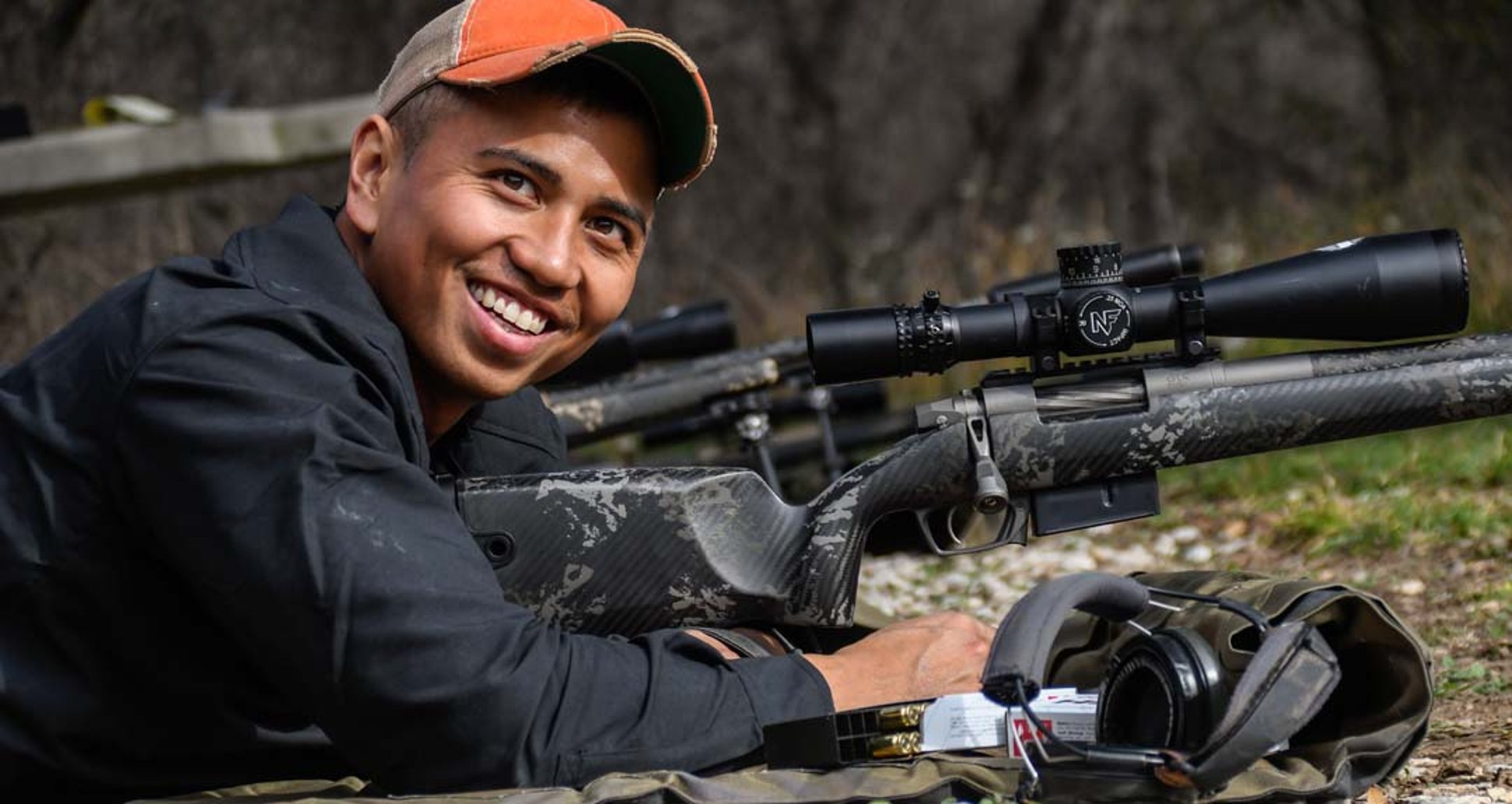
After a few hours of instruction, we were off for some hands-on training. On the 100-yard range, we all got down on the ground, applied the skill sets we learned in the classroom, and zeroed in our rifles. Once we were sure that our guns were sighted in, apparent by the extremely tight groupings of shots, we headed back to the lodge. It became clear to the class that all that was ingrained in us by Phil about a Gunwerks rifle was true. But as Phil often says, “Don’t just take my word for it, go do it for yourself and see if it is true”.
One day 2, we found ourselves back in the classroom for the second part of the training or as it was referred to, “Level 2”. Level 2 training is where the rubber met the road. We learned about ballistic coefficients, external factors that affect the trajectory of the round while in flight, and the proper way to make wind calls. Phil broke all these advanced concepts down into easy to understand pieces and eliminated the noise that is ever-present on online blogs and portrayed in Hollywood sniping flicks. “Concepts such as spin drift (the effect the spin of the round has on its trajectory), aerodynamic jump (the effect a crosswind has on a projectile), and coriolis effect (the rotation of the earth) are real factors, but they are all noise outside of your box. Think outside of your box but function within it.”, Phil stressed. “If you are missing the target, it is not spin drift, it is a bad wind call”, Phil joked. “Does that make sense?” And with that we were off to the range.
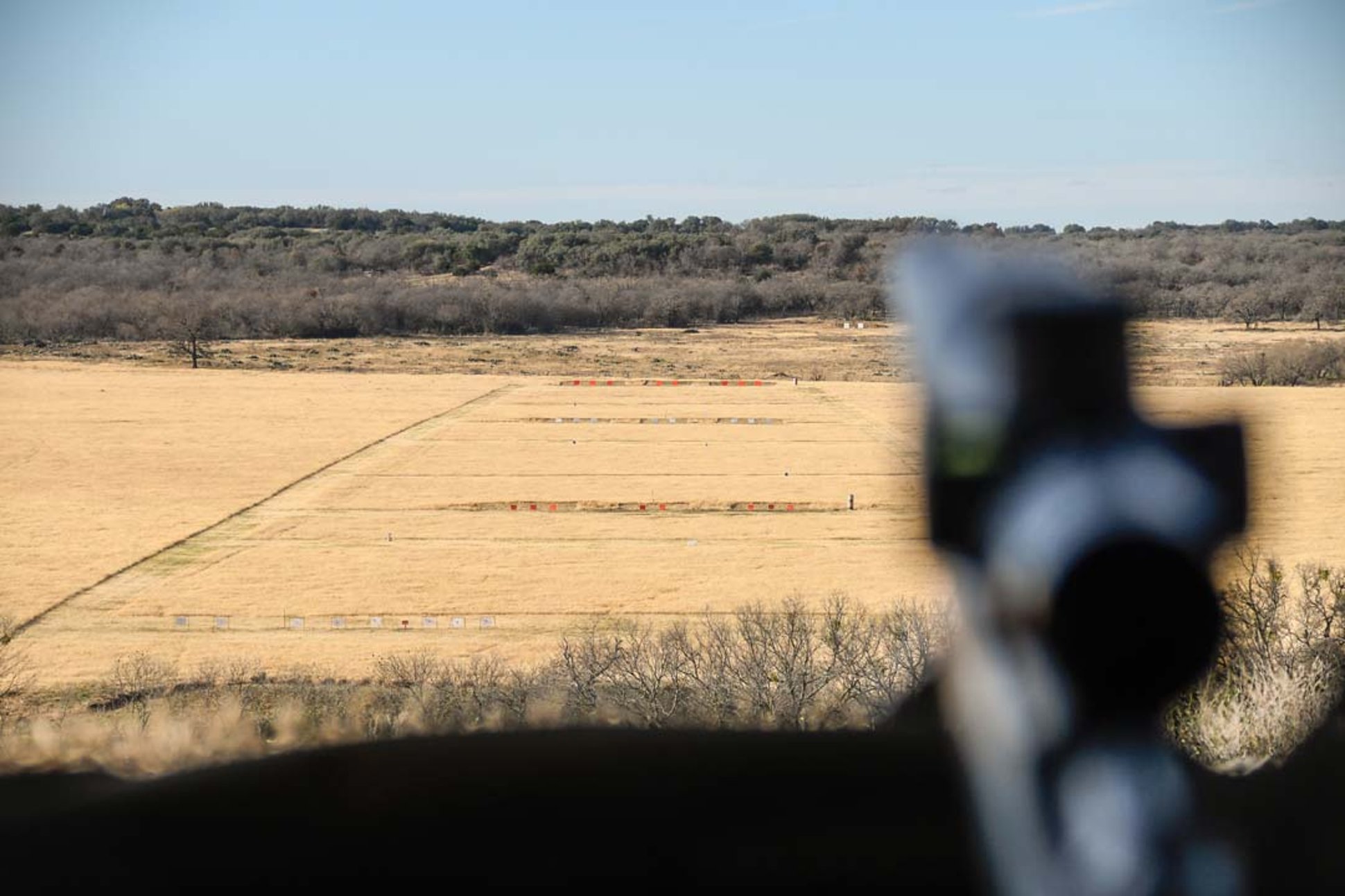
Looking out upon the range, targets were placed at 350, 500, 750, 1,000, and 1,400 yard distances. It was now time to put the last day and a half of instruction and ourselves to the test. We began by creating our DOPE sheet, a concept we learned about in class. DOPE is a military shooting acronym that stands for Data On Prior Engagements. We utilized our perfectly zeroed rifles, a laser range finder, wind speed measurement tool, and a ballistics calculator to formulate the exact adjustments needed to be made on our scope in order to accurately hit each distance. Once we determined these values, we positioned ourselves behind the rifle, just as Phil taught us, and let the first rounds fly. “Shooter 1, fire”, Phil instructed. “Impact.” “Shooter 2, fire… impact” and so on, Phil continued. Each of us hitting a target with ease that would have ordinarily been a shot we would have never thought about in any other setting. “Shooters, move out to 500 yards”, we were told. This continued until all of us were consistently hitting 1,000 targets with groupings of less than 10 inches, something considered excellent shooting. Once proficient at this skill, we dialed up the intensity and began shooting from sitting, kneeling, and even standing positions. We learned auxiliary skills like shooting from a tripod and how to utilize natural surroundings to create sturdy shooting platforms.
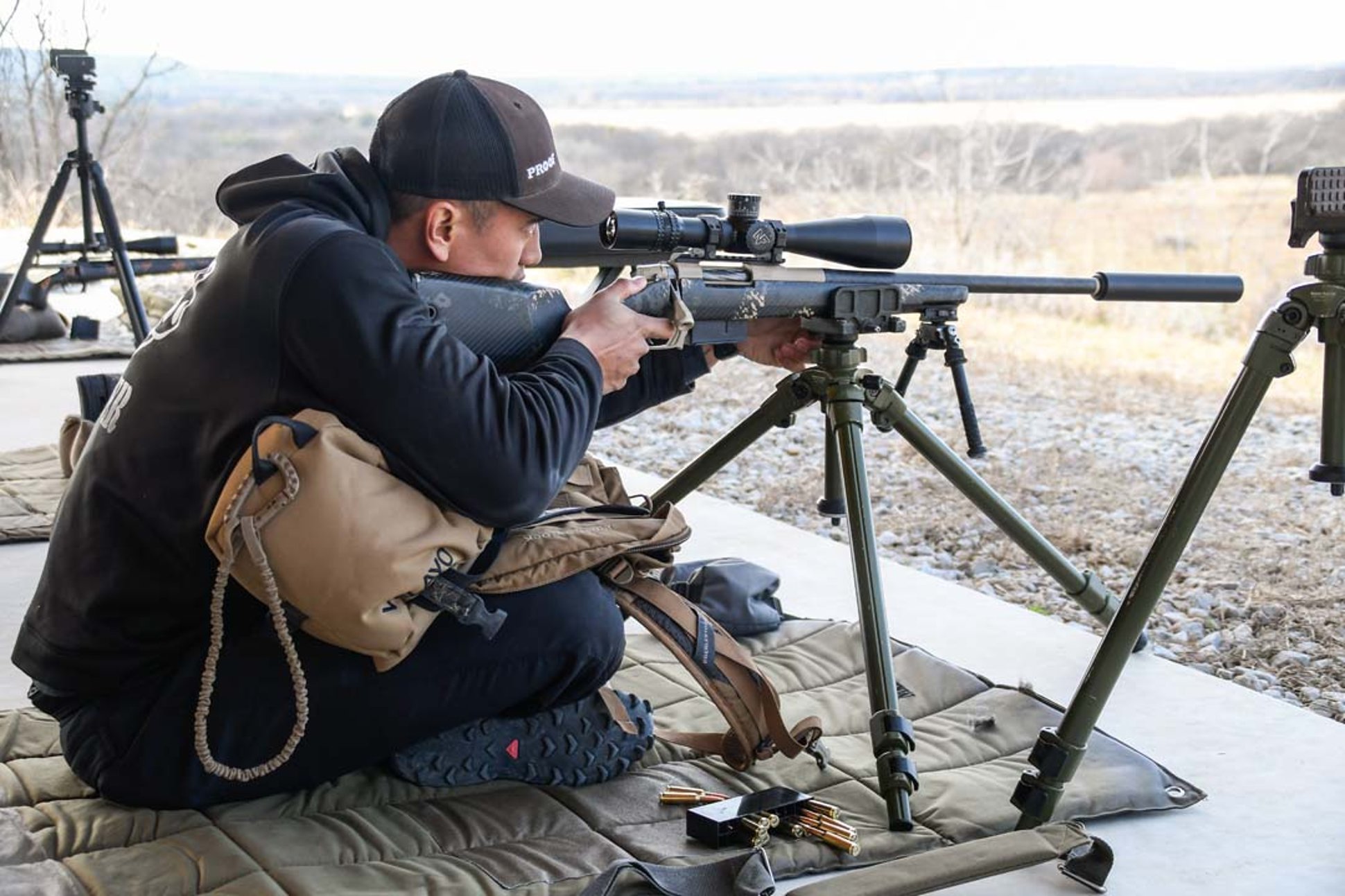
For me, never settling, I couldn’t resist the urge to out shoot my personal record, 1,000 yards. I had to shoot out to 1,400 yards. At 1,400 yards the targets looked like specks and were difficult to see even through a scope. Heat rising off of the ground creating waves or mirage as it is referred to, blurred my target. I reached for my ballistics calculator, imputed the data and pressed enter. Adjusting the optic for this distance was interesting and something I thought I would never be able to do. I adjusted for 56.75 MOA which equates to, at that distance, with the round I was using, a whopping 794.5” or slightly more than 66’ above target. It was almost a chore to turn the adjustment knob that much. Holding for a light wind 8 feet to the left, I slowly brought my finger to the trigger. At that moment, all of my training from Phil culminated. Mentally, I went through my checklist of the fundamentals of marksmanship, I focused on my breathing, and began to squeeze the trigger.
The shot rang out. I continued to look through my optic and within 3-4 seconds my round impacted at my exact target, a 16″ wide by 11″ tall mini-sheep target. I couldn’t hear the impact of the round, as it was so far away, but it was clear I hit it when the target fell to the ground. I shot up and yelled aloud in celebration.
With that, I set a new personal record, impressed even Phil, and solidified in my mind, why Gunwerks rifles are the best on the market. But as Phil often says, and now, I say, “Don’t just take my word for it – go do it for yourself and see if it is true.”
For more information on Gunwerks and a schedule of their classes, visit www.gunwerks.com or email chris@gunwerks.com.
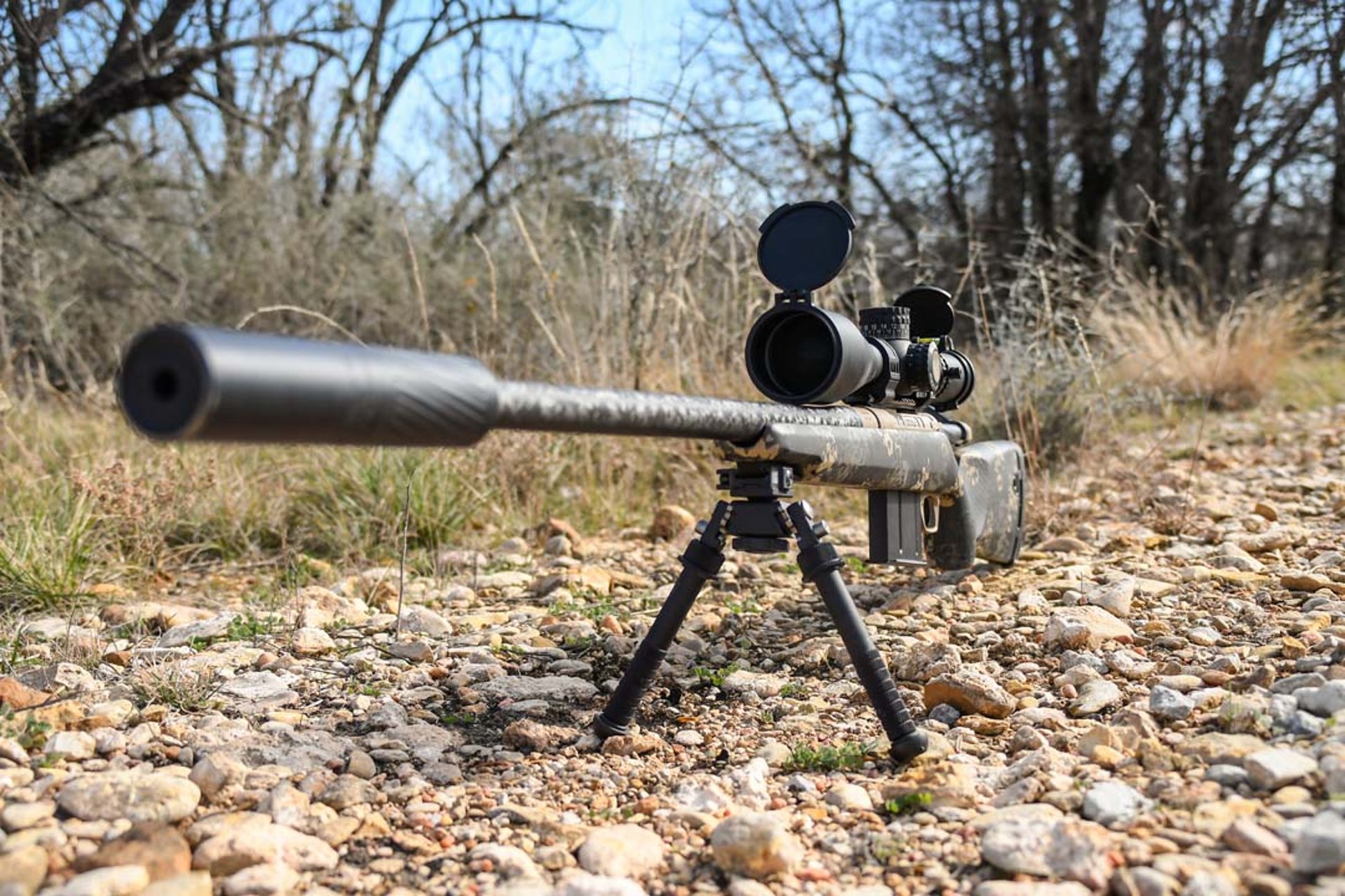
[]
